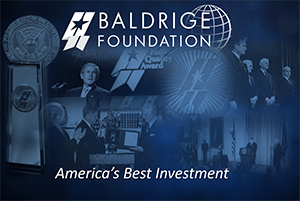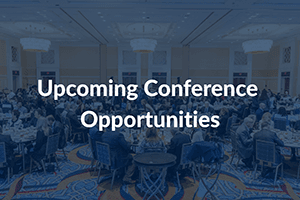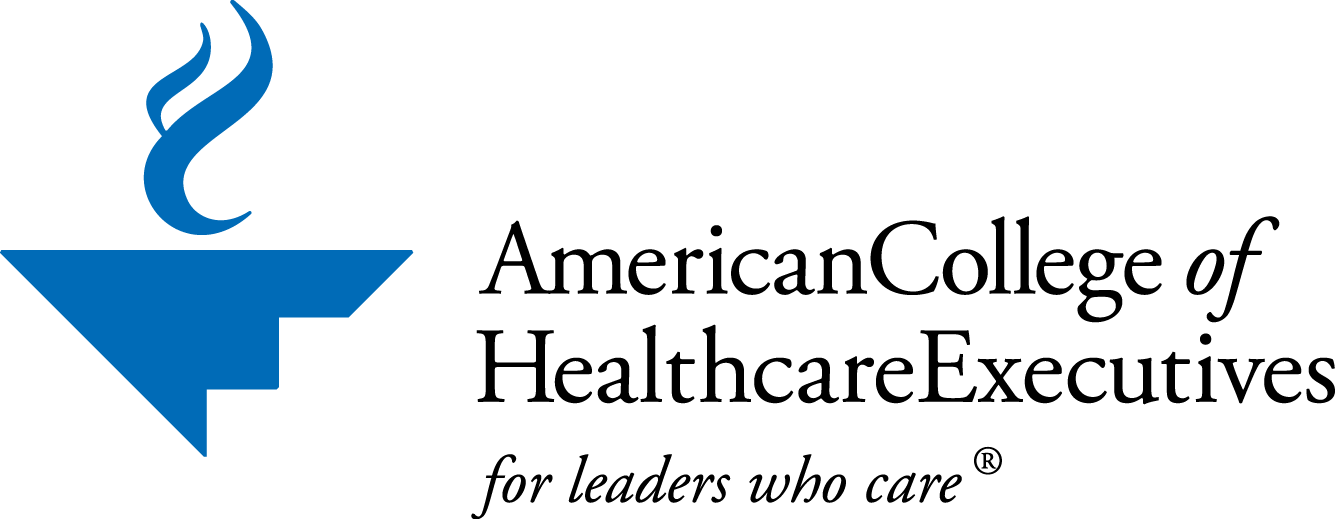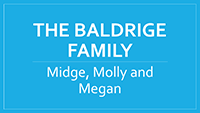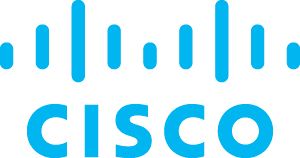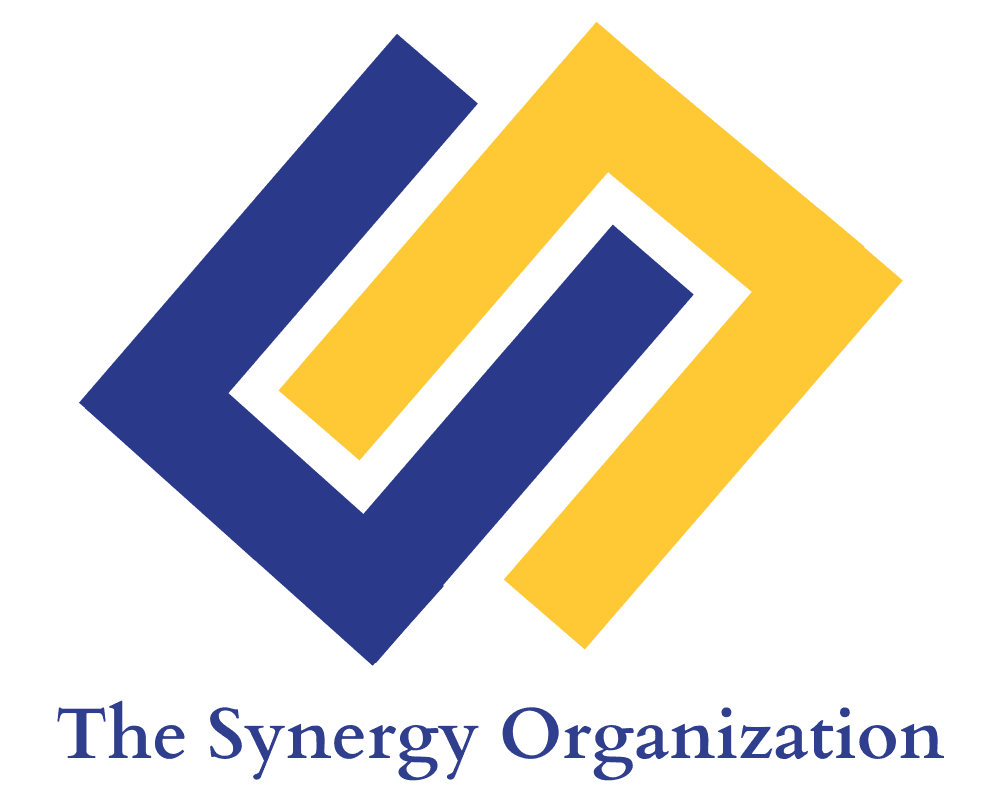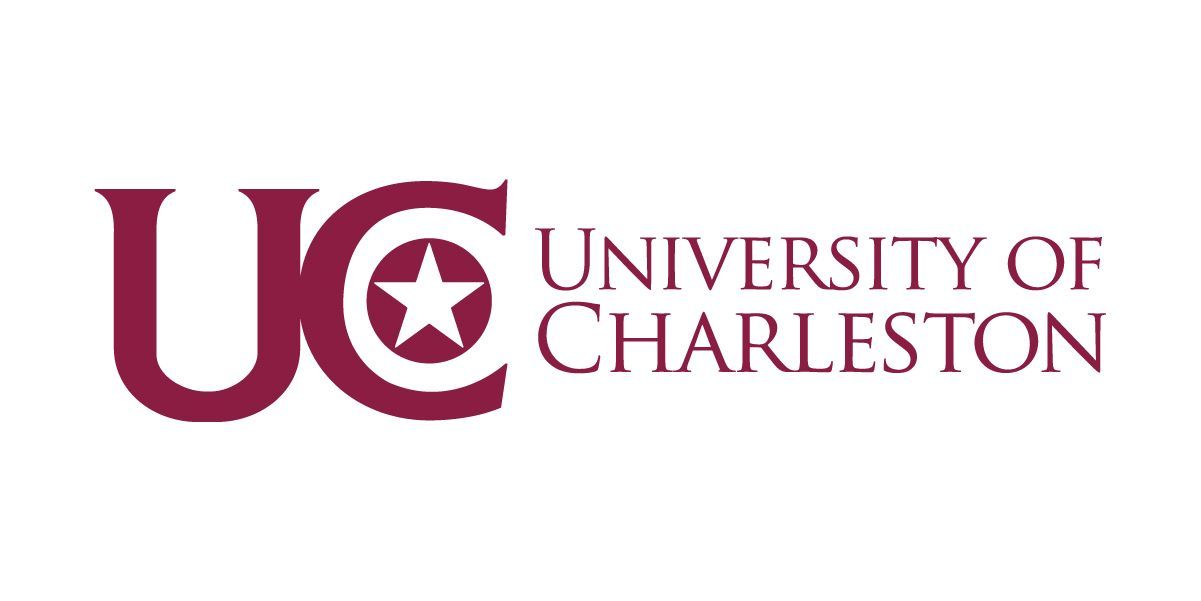The Intelligent Risk Equation:
When Opportunities Outweigh Threats
Daryl V. Watkins and Valerie P. Denney
The Baldrige Excellence Framework contains several references to pursuing intelligent risks (Bailey, 2016). Nevertheless, many organizations do not systematically identify, assess, and pursue intelligent risks. The Intelligent Risk Equation: When Opportunities Outweigh Threats by Daryl V. Watkins and Valerie P. Denney examines the concept of positive risk as opportunity through a case study of a hypothetical university. The article maps the examples presented in the case study to key Baldrige terms to illustrate the systems nature of intelligent risk management.
This article makes the case that shifting the prevailing view of risk management to incorporate positive risks will help organizations that are pursuing performance excellence. Operational excellence will be short-lived if systems and processes cannot adapt and grow to meet future needs. Organizations that have committed to quality and performance excellence must develop systematic processes that incorporate intelligent risks into their leadership and operational systems to achieve long-term success.
The results of a recent study that explored risk management attitudes of experienced program, project, and risk managers are described, and several lessons that might help senior leaders emphasize and reinforce opportunity management as part of the organizational culture are discussed.
The article also presents potential tools used to gather data, analyze data, and imagine possibilities during opportunity identification, and demonstrates the application of these tools using the hypothetical university. Any organization committed to continuous improvement and innovation can adopt these tools and techniques; however, employees may need to broaden their mental models to include positive risk within their risk management thinking.
Finally, it is suggested that the context of COVID-19 will provide an excellent backdrop to look back and evaluate intelligent risk-management processes. It is better to enter a crisis with a robust intelligent risk management infrastructure in place than to have to deal with an existential crisis and also attempt to develop a new process. The authors use the Texas grocer H-E-B as an example of a company that is doing an exceptional job managing intelligent risks.

